HOW TO SET UP A LOCAL
SUSTAINABLE
FASHION
NETWORK
Are you passionate about sustainable fashion, affordable clothing, and bringing your local community together? Do you want to support local people and organisations to work together, explore ideas, and develop sustainable clothing ventures?
Across the UK, people are coming together in networks, groups, or partnerships to explore how their local economies can provide clothing that people love, at fair prices, without costing the earth. These networks provide fertile ground for new ideas, events, new business start-ups, and collaborations with existing organisations.
In this article, we will
Look at Why We Need to Set Up Local Networks for a Circular Clothing Economy
Offer support for you to develop or grow a local clothing, textile and fashion network, including online resources and mentoring.
And address some frequently asked questions
Why We Need to Set Up Local Networks for a Circular Clothing Economy
Reducing Environmental Impact: The fashion industry is known for its significant environmental footprint. By establishing local networks, we can encourage more sustainable and circular practices like recycling, upcycling, repairing and reducing textile waste. A lot of these activities can happen on the local level and require collaboration of local people and businesses.
Supporting Local Economies: Local businesses struggle to compete with fast fashion giants. Sustainable fashion networks can help boost local businesses, artisans, and designers, contributing to the growth of your community's economy.
Fostering Collaboration: Collaboration is at the heart of sustainable fashion networks. By connecting individuals, businesses, and organisations, we can spark innovation and create a more sustainable clothing ecosystem.
Educating and Raising Awareness: Local networks offer a platform for educating the community about the impact of their clothing choices. They can raise awareness about ethical fashion practices, fair labour, and sustainable materials.
Support
Starting a local network can be challenging. The good news is that you don't have to begin from scratch; instead, you can learn from the successes (and failures!) of others. Explore the support offerings from our collaborators who have initiated local sustainable fashion networks in their community.
Frequently Asked Questions:
1. How do I start a local sustainable fashion network?
The best place to start is to learn from existing networks that operate in other locations. Find out how they got started, what difficulties they faced, and what enabled them to become successful. Also, connect to other local organizations who may be doing similar work already, such as the weavers' groups, charity shop associations, Fiber Sheds, or groups organized by your local council or chamber of commerce. You can always start small, with a core team of people, before inviting people publicly.
2. What activities can a local network organize?
Local networks often host events such as clothing swaps, workshops on sustainable fashion, and collaborate with local designers and artisans. They can also raise awareness through educational events and campaigns and support each other in setting up sustainable fashion businesses and projects.
3. How can I fund my sustainable fashion network?
Often networks start as voluntary groups and then get funding for specific activities. Contact your local council or community foundation. Fundraising events and membership fees can also generate income.
4. How do I engage the community in sustainable fashion?
People are increasingly aware and passionate about Sustainable Fashion & Clothing in response to the huge environmental costs of fast fashion. Start by connecting with existing groups, businesses, and organisations who may share this passion before doing public callouts via the local press and social media.
Setting up a local sustainable fashion, clothing, and textile network is a powerful way to promote a circular clothing economy, support local businesses, foster collaboration, and raise awareness about sustainable fashion practices in your town or city.

